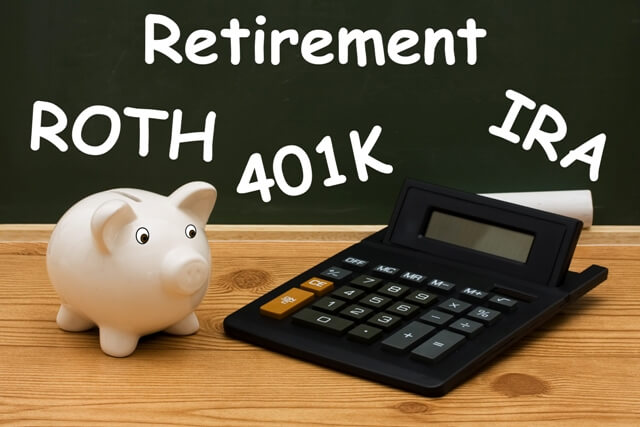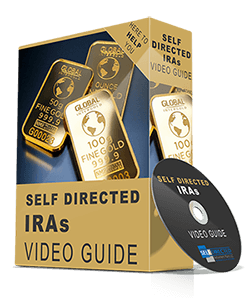Self directed IRAs offer many benefits, such as access to a wider range of investing options and greater control over asset allocation. By moving your existing account to one of these plans, you can maximize the growth of your retirement funds by selecting investments that offer the highest tax efficiency and returns.
You can transfer or rollover funds to a self directed IRA from another retirement account in specific situations:
- 401k or 403b Account with a Former Employer
Employer-sponsored 401k or 403b plans offer significant tax benefits, and have higher contribution limits than IRAs. Max out these plans to take advantage of matching contributions while working, and rollover to a self directed IRA with checkbook control after you leave the job.To avoid taxes and early withdrawal penalties, make sure the withdrawal is designated as a rollover and choose the right IRA type. Rollover your 403b or traditional 401k plan to a self-directed traditional IRA, and pick a self directed Roth IRA for an existing Roth 401k plan. - Traditional IRA with a Brokerage Firm/Bank
If you are interested in using self directed IRA accounts, you can perform a direct or indirect rollover with a traditional IRA. For a direct rollover, funds are directly transferred or a check is made out from your existing plan to the new IRA.In case of an indirect or 60-day rollover, funds from your existing plan are distributed to you, and you need to deposit them into your self directed IRA within 60 days. A percentage of the amount may be withheld as tax, which you can recover while filing tax returns. However, you need to add this amount while making the deposit. - Roth IRA with a Brokerage Firm/Bank
Existing Roth IRA plans can be moved to self directed Roth IRAs the same way as a traditional IRA, and will not incur taxes and penalties if they’re handled correctly.To ensure that these transactions remain tax-free and penalty-free, opt for a direct rollover or transfer from one account to the other. This way, you are not directly receiving the assets from your existing retirement account, so it will not count as an early withdrawal. - Inherited IRAs
If you have an inherited an IRA from a spouse, you can treat the account as your own or roll funds over to your self directed retirement account.With non-spouse IRAs, you have two options. You could take full distribution of the account, paying income tax on the funds, or have the plan retitled as an ‘inherited IRA’. For retirement accounts inherited from anyone other than a spouse, you can rollover to a self directed IRA only if the inherited IRA has been characterized correctly.
There’s no restriction to how many times you perform a direct transfer, but an IRA rollover can only be performed once in 12 months. To learn more about maximizing your retirement savings with self directed IRAs, call (866) 639-0066 today!

Rick Pendykoski is the owner of Self Directed Retirement Plans LLC, a retirement planning firm based in Goodyear, AZ. He brings over 30 years of diverse experience as a financial advisor. Rick takes great pride in giving honest and very experienced advice. Rick can readily converse with business owners and people looking to take control of their retirement accounts.




